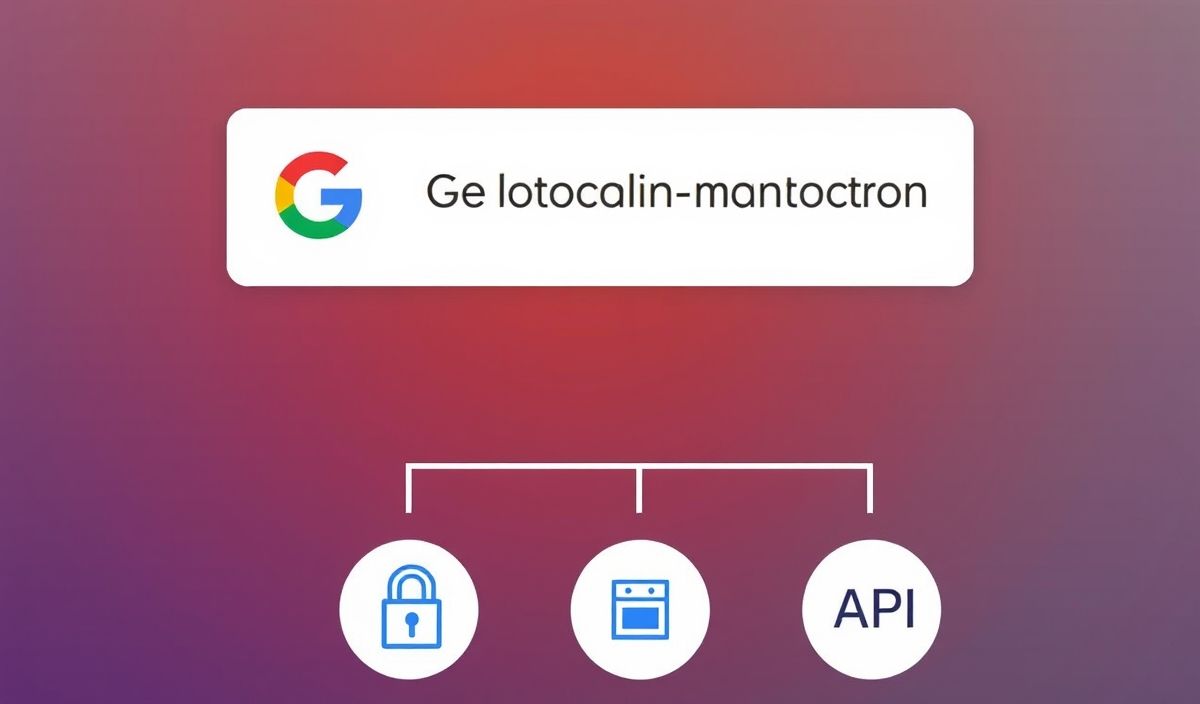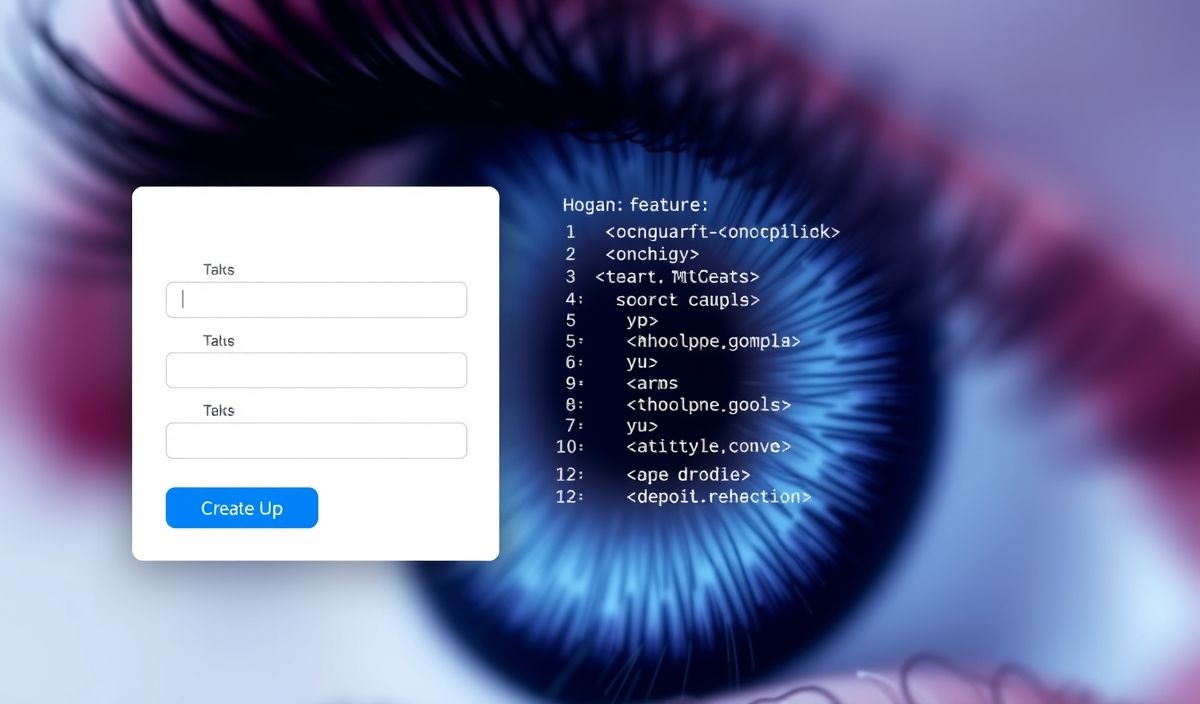Introduction to Google Auth Library
The google-auth-library is an essential tool for developers who need to integrate Google’s authentication and authorization mechanisms into their applications. This library provides various APIs that allow you to seamlessly manage user identities, handle service account credentials, and access Google’s APIs securely.
Getting Started
Install the library using npm or yarn:
npm install google-auth-library
// or using yarn
yarn add google-auth-library
Using the Library
1. Authenticating Using OAuth 2.0
OAuth 2.0 is a powerful protocol allowing securing resource access. Here’s an example:
const { OAuth2Client } = require('google-auth-library');
const client = new OAuth2Client(CLIENT_ID, CLIENT_SECRET, REDIRECT_URI);
async function authenticate() {
const authorizeUrl = client.generateAuthUrl({
scope: ['https://www.googleapis.com/auth/cloud-platform'],
});
const { tokens } = await client.getToken(code);
client.setCredentials(tokens);
}
2. Using Service Account Credentials
Service accounts are ideal for server-to-server interactions. Configure it as follows:
const { google } = require('google-auth-library');
const client = new google.auth.GoogleAuth({
keyFile: 'path/to/your/service-account-file.json',
scopes: ['https://www.googleapis.com/auth/cloud-platform'],
});
async function getAccessToken() {
const accessToken = await client.getAccessToken();
console.log('AccessToken:', accessToken);
}
3. Verifying ID Tokens
Verify ID tokens to ensure their integrity and origin.
const { OAuth2Client } = require('google-auth-library');
const client = new OAuth2Client(CLIENT_ID);
async function verifyIdToken(idToken) {
const ticket = await client.verifyIdToken({
idToken: idToken,
audience: CLIENT_ID,
});
const payload = ticket.getPayload();
console.log('User ID:', payload.sub);
}
Complete Application Example
We’ll create a simple Express.js app that uses Google Auth Library to authenticate users.
const express = require('express');
const { OAuth2Client } = require('google-auth-library');
const app = express();
const client = new OAuth2Client(CLIENT_ID, CLIENT_SECRET, REDIRECT_URI);
app.get('/auth/google', (req, res) => {
const url = client.generateAuthUrl({
scope: ['https://www.googleapis.com/auth/userinfo.profile'],
});
res.redirect(url);
});
app.get('/auth/google/callback', async (req, res) => {
const code = req.query.code;
const { tokens } = await client.getToken(code);
client.setCredentials(tokens);
// Retrieve user profile information
const userInfoResponse = await client.request({
url: 'https://www.googleapis.com/oauth2/v1/userinfo',
});
res.send(userInfoResponse.data);
});
app.listen(3000, () => {
console.log('Server is running on port 3000');
});
By mastering the google-auth-library, you can enhance your application’s security and provide a more seamless user experience.
Hash: ce6a98621f24bbd648836db5b5f596bea6b2c1ed11d1c2203ac653126fdf4271




